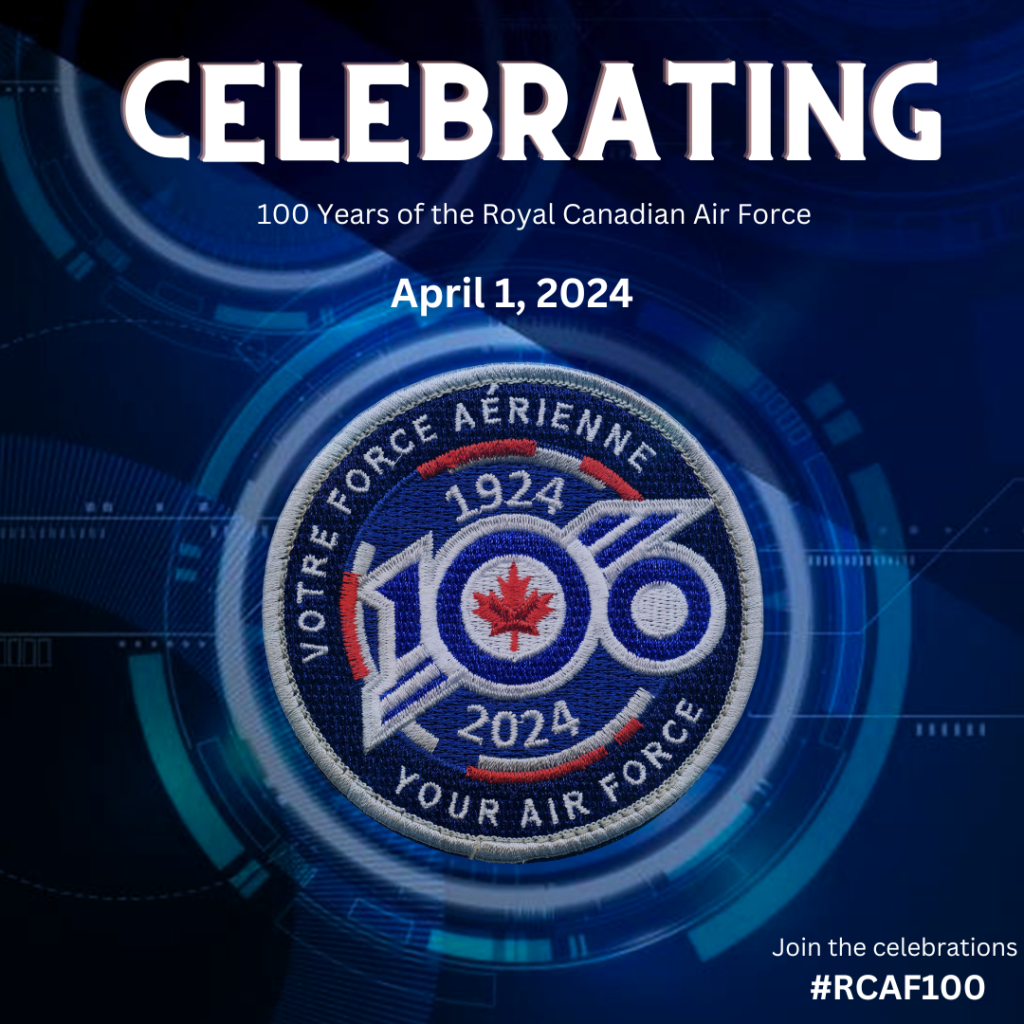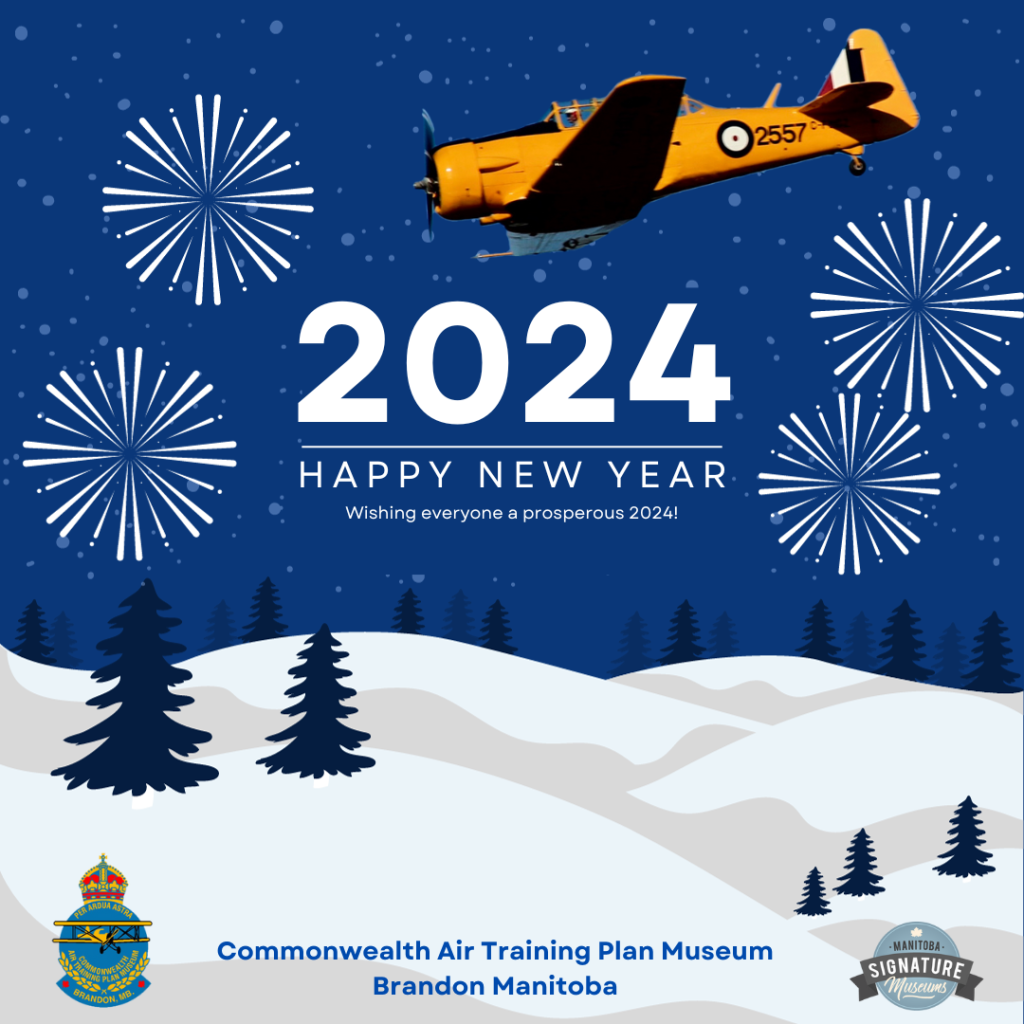This year marks the Centennial of the RCAF, which officially came into being on April 1, 1924. The Commonwealth Air Training Plan Museum is planning several events to honour this milestone.
While the RCAF was formed in 1924 and has its roots as the Canadian Air Force even earlier, the Second World War is when the RCAF really hit its stride. Entering the war, the RCAF was a small force with a strength of only 4,061 personnel and 270 aircraft. After the war, the RCAF grew to become the fourth largest in the world, with more than 215,000 personnel in uniform, including about 17,000 members of the Women’s Division. The British Commonwealth Air Training Plan (BCATP), signed into being on December 17, 1939, played a major role in that growth. With the massive construction of over 200 training facilities, production of aircraft, and influx of personnel eager to stop Hitler and fascism. More than 7000 hangars, barracks, drill halls, and other buildings were constructed. Over 130,000 aircrew were trained in the BCATP, including personnel from across the Commonwealth and beyond. Of these almost 73,000 were Canadian.
The RCAF operated 86 squadrons during the war, including 47 overseas. They flew bomber, fighter, reconnaissance missions around the world. Over 17,000 died in the war, all of whom have their names etched onto our WWII RCAF Memorial Wall. Not all those who trained in the BCATP served overseas, many become instructors, ground crew and other support to keep the BCATP running. Training was not without dangers as well, over 800 lost their lives while training.
The importance of the BCATP to the war effort was not lost on the leaders of other countries, Franklin Roosevelt called Canada the “aerodrome of democracy” and Sir Winston Churchill said it was Canada’s greatest contribution to allied success.
Many books have been written about the BCATP (click here – some books are listed at the bottom of the page), and its importance in the development of Canada as a nation and role in the growth of the RCAF can not be understated.
References
- The Aerodrome of Democracy, R. Hatch
- The Canadian Encyclopedia (Royal Canadian Air Force, https://www.thecanadianencyclopedia.ca/en/article/royal-canadian-air-force)
- The Canadian War Museum (https://www.warmuseum.ca)
- Veterans Affairs (https://www.veterans.gc.ca/en/remembrance/classroom/fact-sheets/britcom)

